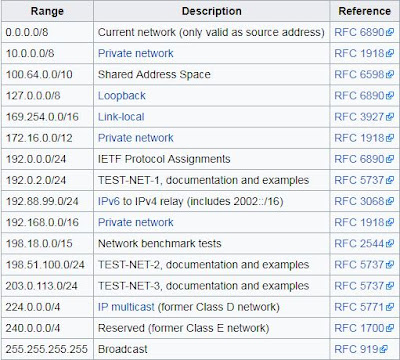Switch, Firewall and Configuration

Switch A network switch (also called switching hub, bridging hub, officially MAC bridge) is a computer networking device that connects devices together on a computer network by using packet switching to receive, process, and forward data to the destination device. Different models of network switches support varying numbers of connected devices which are consumer-grade network switches provide either 4 or 8 connection, while corporate switches support between 32 and 128 connections. A network switch is a multiport network bridge that uses hardware addresses to process and forward data at the data link layer (layer 2) of the OSI model and also process data at the network layer (layer 3) by additionally incorporating routing. switch is used to create a mirror image of data that can go to an external device. Since most switch port mirroring provides only one mirrored stream, network hubs can be useful for fanning out data to several read-only analyzers, such as intrusion detecti



